If it’s all about the journey and not the destination, there is a “journey to a journey” involving quite a few ups and downs, not to mention twists and turns, that awaits the nature lover in Vietnam’s northern region.The destination is a path, 40 kilometers long, that winds its way through a dense bamboo grove in Thanh Hoa Province. In order to reach the Suoi Muong bamboo path, there’s a long way to go, past high mountains and deep valleys. A motorbike is an indispensable accessory.
 Mai Chau, Hoa Binh
Mai Chau, Hoa Binh
Let’s get going from
Hanoi and head to
Hoa Binh, where Muong Lat Street along the
Laos border leads to the mountainous western part of Thanh Hoa. The first village on the road is named Thanh Son, where backpackers can tuck in for the night in local homes after a simple supper. As we go further, more villages appear, as do the first bamboos. Here, the road is named Suoi Muong after a local stream.
Along the red-soil road, which gets narrower toward the end, are tall, dense bamboo grasses that cast their green shadows on the Ma River flowing alongside. Then the bamboos disappear, and the Mau Village market comes into view, several minutes from the pier across the Ma River.
Stationed at the pier is a woman in her sixties. Her teeth are dyed in black, a beauty aid for Vietnamese women in the old times and a tradition to protect their teeth. “I row until four in the afternoon, then go home to rest,” said the ferrywoman who has been doing this job nearly 20 years and knows everyone in the area.
There are close to 30 streams, big and small, in the area and they put in an appearance after every turn along Suoi Muong road that is 100 kilometers long. But not every stream has a boat to take you across. Sometimes, people have to wade into the water first and lead others waiting to take their bikes across.
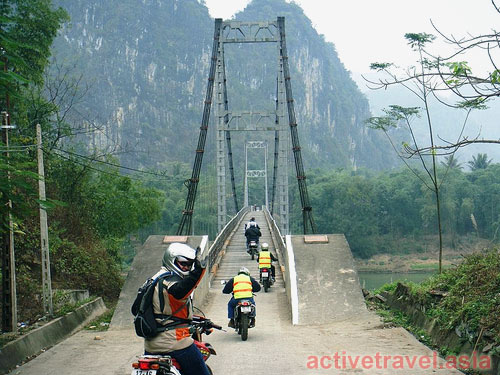 Vietnam Motorcycling Tour
Vietnam Motorcycling Tour
And the adventure is only the beginning. Some parts of the road are piles of rock, some are slippery soil, some are in between the cliff where the bikes have half a meter width to drive on. The bike driver needs to be firm and the pillion rider should be ready to jump off at all times to help push the motorbike. It can be discouraging, but if you’re in a mood to take things on, the tough road is the perfect challenge.
The Ma River continues to flow alongside, playfully switching from the left to the right and vice versa. On some parts of the road, the river is so close you can lean over and wash your hands in the flowing waters.
It’s best to make this journey early May, when it’s not raining and the bamboos are in their post-spring prime. November or December is also good as the monsoon has passed and the bamboos throw in a dash of yellow. The journey is an absolute no-no during the first days of rainy season as the road gets very muddy, the rocks get very slippery and the streams get very fierce.
Every 10 or 15 kilometers on the road is a village where such necessities as instant noodles, eggs, soaps, cookies and sweets can be procured. Most villages are home to ethnic minority groups who invariably bade visitors passing by their stilt houses to come in and rest, freshen up and even use their ovens to cook.
Not far from Chieng Nua, one of the villages, is a cemetery on a cliff that dates back to the 11th century. The place is also home to vestiges of the Dong Son Culture, a prehistoric Bronze Age in
Vietnam, and temples worshiping heroes of the Lam Son revolution during the early 15th century against Chinese invaders. The journey can take longer, but patience is rewarded when, almost unnoticed, the magnificent bamboo path is there in front, casting a mysterious aura and allure.
Long and slender, the leaves sparkle in the sun and make joyful rustling and creaking sounds as the breeze blows through them. The play of light and shade is soothing and exciting at the same time. Where does the path lead? But that’s it. There is nowhere to go but where the path takes you. In fact, the path is “home”. You have arrived.
Source : thanhniennews.















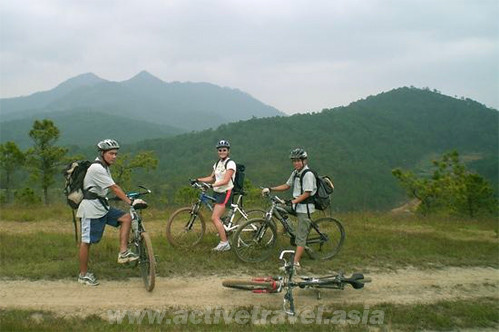
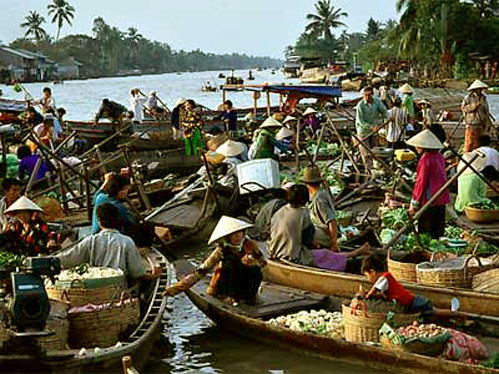
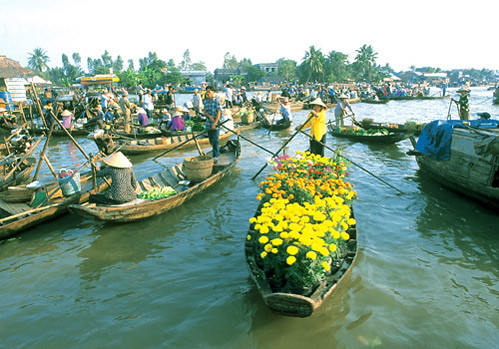

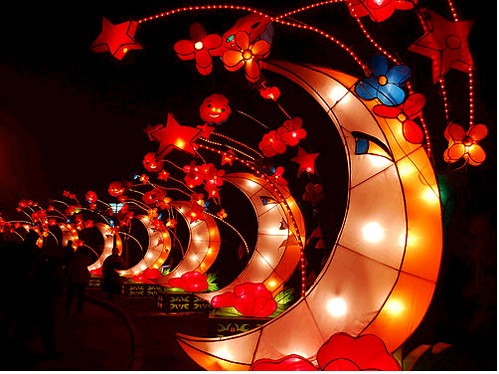
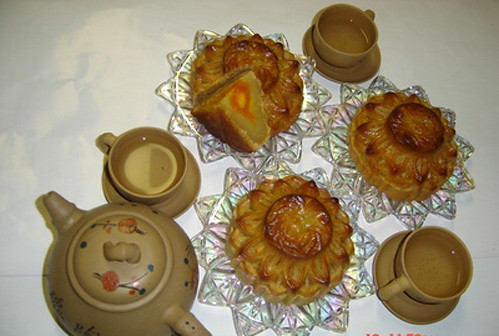
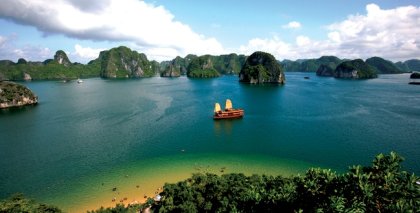
 Ethnic Market in Northwest of Vietnam
Ethnic Market in Northwest of Vietnam

